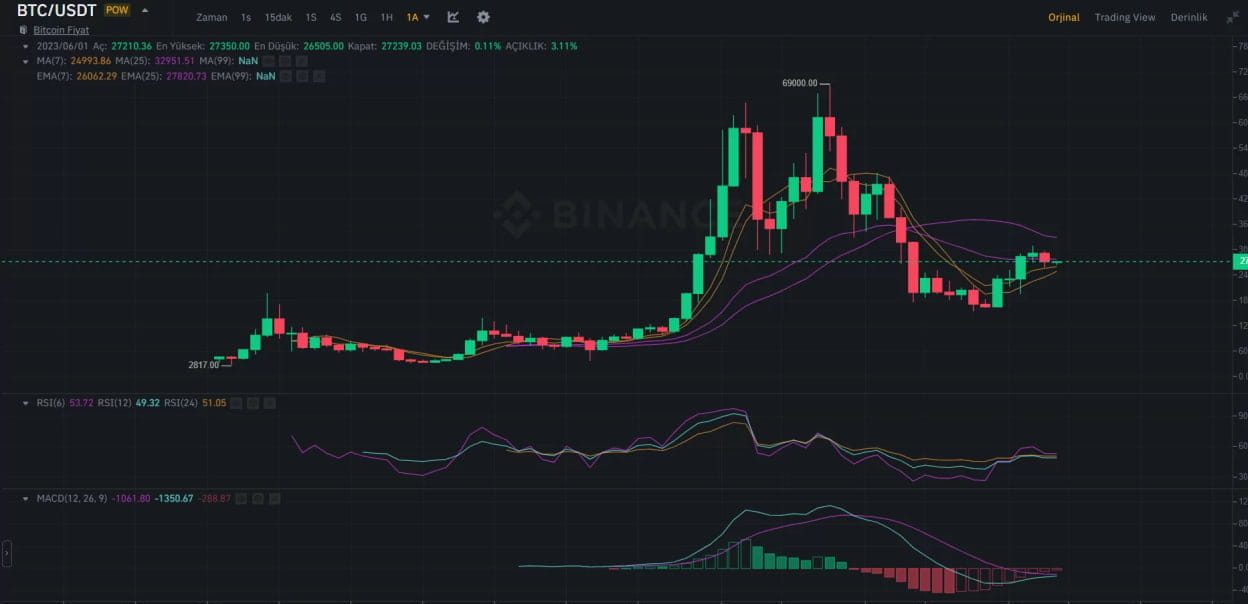Bitcoin market liquidation. A sequence of notable liquidation events that have shaken the ecosystem has once more rocked the bitcoin market. Although market volatility is not new, recent events show just how fast things may shift, particularly regarding significant leveraged position involvement. These liquidations, which wipe out billions of dollars in a few hours, serve as a sobering reminder of the dangers and difficulties traders and investors in the crypto realm must face. Anyone engaged in the market—trader, investor, or even a casual observer—must first understand the causes, scope, and ramifications of these events.
In February 2025, the bitcoin market saw one of its largest liquidation episodes, with more than $2.24 billion in positions sold in 24 hours. The liquidation largely affected leveraged bets, where traders borrow money to maximize their gains. This sort of trading can yield huge gains when the market goes well but devastating loses when it doesn’t. Ethereum (ETH), one of the most damaged assets, contributed roughly $609.9 million to liquidations.
There are other reasons for this massive sell-off. Geopolitical tensions, especially a global trade war, caused investor panic and bitcoin market volatility. Traders rushed to liquidate after fresh losses, initiating a sequence. The volatility caused by such a sudden price change shows how fragile the market may be, especially with leveraged positions.
Before this, the market crashed on January 28, 2025, losing $920 billion. Combined with a wider sell-off in global technology businesses, cryptocurrency caused the crisis this time. Many observers have highlighted the relationship between tech stocks and digital assets; cryptos often follow tech company movements. The tech industry crisis sparked a wider market correction that caused large losses in conventional and digital assets.
Another significant liquidation event in early March 2025 lost $1.08 billion in 24 hours. This decline was caused by the Crypto Strategic Reserve plan. Investor trust was eroded by insider trading and market manipulation charges. Although bitcoin has grown dramatically in recent years. It still has transparency and regulation issues that could create market collapses if confidence is shaken.
These liquidations have been driven by leverage. Leverage can enhance returns, but it also allows traders to own more positions than they can afford, increasing the risk of liquidation. Under leveraged trading, the exchange automatically closes a position to prevent further losses. A margin call begins a series of liquidations that might cause price volatility.
The February 2025 liquidation event relied heavily on Binance, the largest cryptocurrency exchange. Almost $828.96 million, or 36.8% of Binance liquidations. OKX, Bybit, Gate.io, and HTX also saw liquidation activity, and Bybit’s CEO estimates $8 billion to $10 billion in market liquidations. These data show the extent of sell-offs and how exchanges affect market dynamics.
As the market attitude changed, those betting on rising prices were forced out. Highly leveraged trading across many exchanges created a cascade liquidation environment.
Bitcoin (BTC), Ethereum (ETH), XRP, and Cardano (ADA) are among the biggest cryptocurrencies affected by liquidation events. Ethereum had $531 million in liquidations in February 2025, while Bitcoin had $379 million. Since market liquidations affected all cryptocurrencies, XRP and Solana (SOL) also suffered. Prices plummeted, causing more liquidations and panic.

This series of events shows how quickly big liquidations may spread through the market, affecting not only the currencies involved but also investor sentiment. Even cryptocurrencies not targeted in the sell-offs fell as market fear spread. Surprising and unplanned accidents create tremendous damage for many dealers. The crypto market is often volatile, but the speed at which ownership can be sold and values could plummet raises serious concerns.
As the cryptocurrency market grows, tougher regulation is needed. In February and March 2025, liquidation events sparked debates about controlled exchanges in bitcoin. Critics say Binance and Bybit have too much market influence since they can start large-scale liquidations affecting millions of investors. The lack of transparency about liquidation events raises issues about these trades’ fairness and honesty.
These issues have prompted crypto community calls for more open trading, better risk management, and stricter leverage rules. More regulation is also being called for, especially regarding exchange user funds, margin trading, and liquidations. During the March liquidation incident, concepts like the Crypto Strategic Reserve were discussed to increase market responsibility and protect investors from market manipulation.
Final thoughts
Bitcoin traders and investors should learn from the latest liquidation wave. Despite their potential for big returns, cryptocurrencies can be cruel, especially in tumultuous times. Leverage exacerbates market swings and starts cascading liquidations, emphasizing the necessity for crypto risk management. Participants will be crucial as the market develops to better understand the risks and for exchanges and regulators to implement more open and just policies. The crypto market will likely remain high-risk until then, with no guarantee of profit.


